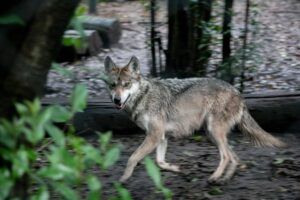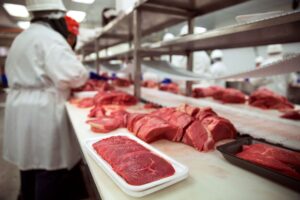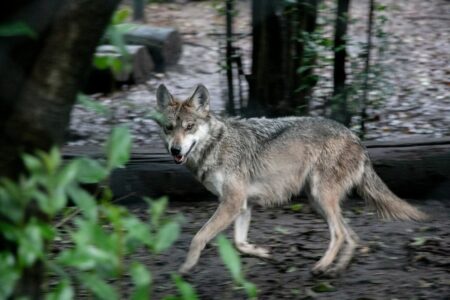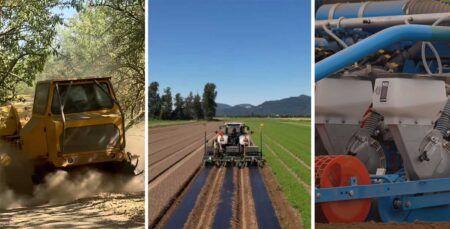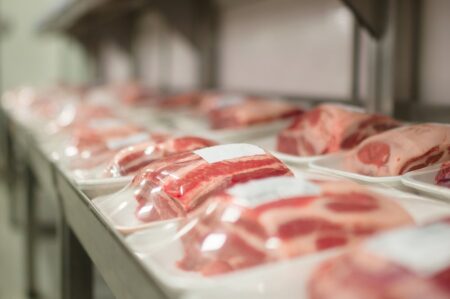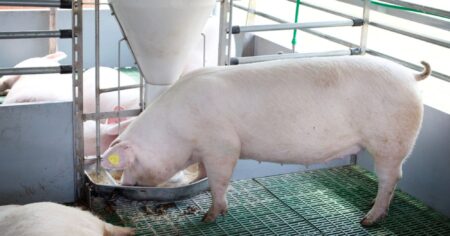The U.S. Department of Agriculture’s Animal and Plant Health Inspection Service has published a field-ready New World screwworm Response Playbook, and the message to producers, veterinarians, and rural communities is simple: Be ready to move fast.
New World screwworm is no ordinary pest. Females lay eggs in fresh wounds, including the navel of newborn calves and kids, and the hatched larvae feed on living tissue. Untreated cases can spiral quickly, threatening animal welfare, herd productivity, and, if an introduction were to take hold, interstate commerce and international trade.
The United States eliminated NWS long ago using a combination of wound management and sterile-insect releases, but sporadic introductions tied to travel or animal movements are always a risk.
The document turns decades of eradication knowledge into a game plan if this flesh-eating parasite is detected anywhere in the United States. The moment NWS is confirmed in livestock, wildlife, or a trapped fly, responders would draw a 20-kilometer Infested Zone around the find, ring it with a 20-kilometer Adjacent Surveillance Zone, and overlay a broader Fly Surveillance Area that can stretch as far as 200 kilometers depending on habitat and risk.
Those zones trigger managed movement and quarantine tools designed to keep animals, haulers, and markets operating safely rather than grinding commerce to a halt. NWS is not a food-safety issue, so the focus is on live animals: more hands-on inspection, targeted pre-movement treatment where appropriate, and standardized animal-health certificates to document compliance.
Surveillance runs on three tracks. In domestic animals, producers and veterinarians are the front line: more frequent checks for draining or enlarging wounds, foul odor, or visible maggots; tighter wound care around branding, dehorning, castration, ear tags, and calving, and immediate reporting of suspect cases to state animal health officials or USDA area veterinarians.
In wildlife, state and federal crews would combine hunter check stations, camera traps, road-kill inspections, and targeted removals along the leading edge of any zone — a critical piece in areas with low livestock density. In the air, networked fly traps baited with attractants map where the parasite is present and when it disappears, which is how responders document progress and, ultimately, freedom from the pest.
If an introduction looks like it could establish, the USDA would deploy the Sterile Insect Technique, flooding the area with sterile male screwworm flies from ground, truck, or air so that wild females mate but produce no viable offspring. It’s species-specific, residue-free, and proven, what matters is saturating the landscape and confirming results with trapping. Because the biology is seasonal, the playbook ties zone release to time, not headlines: responders need at least three to four screwworm life cycles after the last detection (roughly three months, depending on weather) backed by negative traps and clean inspections before peeling restrictions off. Trade partners may ask for additional surveillance, and the plan anticipates that.
From the producer’s perspective, the USDA says that the most valuable part of the playbook is what you can do today. Treat every wound like a magnet for flies and keep preventive options on the table with your veterinarian. Make inspections a habit, especially in calving and kidding seasons, and don’t overlook pets or working dogs, the guidance specifically calls out companion animals and lays out how states will coordinate with clinics, shelters, and rescues to spot cases early. Keep your records tight. If your county ever falls into a zone, being able to show animal IDs, movement logs, and veterinary contacts accelerates pre-movement checks and keeps cattle and other stock moving under continuity-of-business rules.
The operational side also promises that APHIS will stand up a unified incident command with state animal health officials, while the Centers for Disease Control, Food and Drug Administration, Interior, Environmental Protection Agency, and others plug into their lanes, human health guidance, therapeutics, wildlife and federal lands, and pesticide approvals. The playbook is described as “living,” with APHIS actively seeking feedback from states, industry, and veterinary organizations to keep it aligned with field realities.
»Related: Screwworm detected just miles from the Texas border


